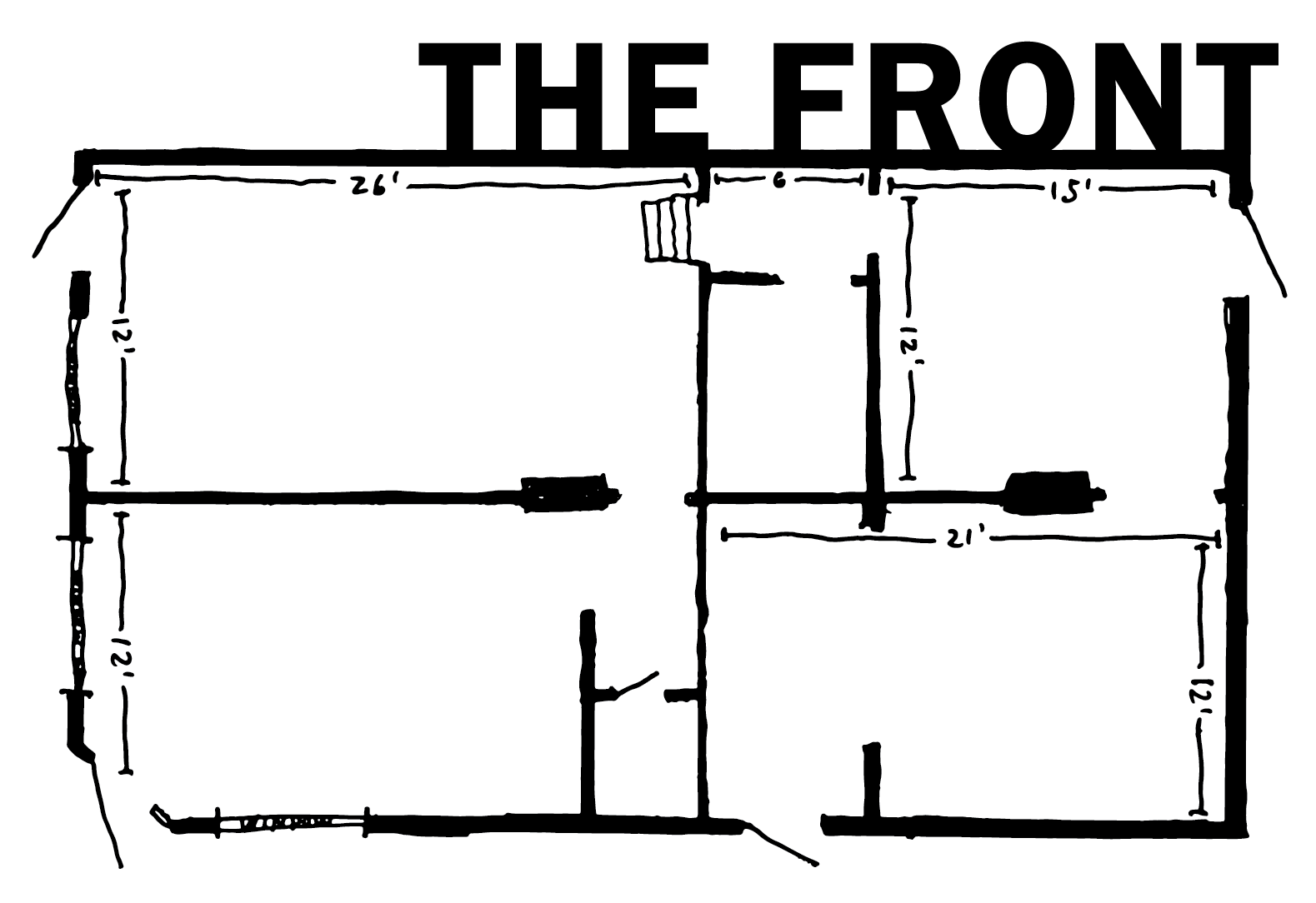November 14- December 6, 2020
Opening Saturday November 14th, from 12-9pm, normal hours Saturday & Sunday 12-5pm
Room 1:
Foam Wall, couch cushions, heat transfer images of cellphone photography
Rosalie Smith
Where I go
Foam wall is meant to be a physical manifestation of my experience of diassociation- the space that separates my consciousness from the outside world. I feel it behind my forehead.
Room 2:
Justin Tyler Bryant
Holman: A Living Archive
Holman: A Living Archive, is a series of works created by the artist Justin Tyler Bryant as an Interchange Fellow through the Mid America Arts Alliance. This body of work mediates on the idea of what it means to interact with the living record by using art as a means to add value and bring attention to the people, places, and memory of the historically marginalized Holman Community in Stuttgart Arkansas.
Born in Stuttgart AR., Justin Bryant received his BFA in Studio Art from the University of Arkansas at Little Rock in 2012 and his MFA in Studio Art from Louisiana State University in 2018 and was a participant at the Skowhegan School of Painting and Sculpture (’17). Justin’s recent work investigates the past and present imagery of African-Americans to reflect a multi-contextual narrative of poetry, personal narrative, and history. In his work, he uses found objects, painting, drawing, and video to suggest a fugitive notion of blackness. Justin is currently a full-time instructor at University of Arkansas Pulaski Tech and is a 2019 Interchange Artist Fellow for the Mid America Arts Alliance.
https://www.justintylerbryant.com/
instagram: @bluedrinknotredb
Room 3:
The Abyss Between a Familiar and Foreign Moment, watercolor on brown Rives BFK paper, 5x5”, 2020
Cheryl Hayes
Vignettes
This is time of turbulence in America. As I look to the uncertain future, I also find myself looking back to challenging and peaceful moments over the course of my life. “Vignettes” are a series of works produced- in different mediums and incorporating a hybrid of representational/ abstract and non-objective renderings, referencing the perceptions of poignant and insignificant moments. Although the narratives are personal, they are relatable.
It is my intention to both acknowledge and observe the manners in which I, as an African-American, have been perceived, embraced, challenged and rejected on the basis of what I am, and occasionally, who I am. Additionally, this work could be regarded on multiple levels, as thoughtful and decorative, as meticulously rendered, or as simply visually engaging. I choose to work in a miniature to small scale in an effort to lend a degree of intimacy to the viewing experience.
In the simplest terms, this body of work is a reflection, both literally and figuratively.
Room 4:
Girl in Kitchen, casein on paper, 9" x 6.5", 2019
Ruth Owens
Growing up in a military family, Ruth Owens was enrolled in many different schools. One that she attended from Kindergarten through third grade during the civil rights era was all-black. The students were significantly behind the national academic average then and this failure continues to this day. The inadequacy of our public schools for many black children can be seen throughout the U.S., and Ruth’s body of work proposes to stimulate public discourse about this inequity. These paintings highlight the way state-run power structures set the stage for economic disparity from a very early age by denying crucial educational opportunities necessary for financial stability later in life.
Ruth’s 1964 kindergarten graduation photo serves as a reference image for paintings made in water based mediums on paper. Optimistic young faces in their white caps and gowns are rendered in muted tones on paper which is an impermanent medium consistent with the vulnerability of these children. Their wide-eyed small bodies are set before an Alpine landscape which reminds us of the often unhospitable northern European culture that holds power over us all. Yet, their faces are hopeful and inject an element of possibility in otherwise untenable circumstances.
Instagram: @ruthowensart
